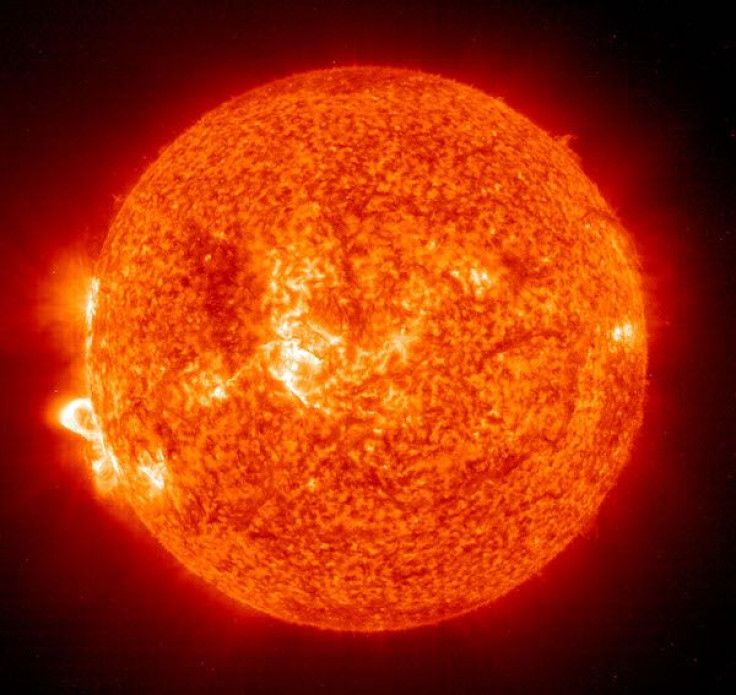NASA Scientists Eager For New Discoveries After Parker Probe Sets ‘Closest’ Solar Flyby

NASA has made another milestone when its Parker Solar Probe recorded the “closest” solar flyby in history, beating the previous record made by the Helios spacecraft way back in the 1970s.
On Wednesday, scientists presented details about the monumental solar flyby at the American Geophysical Union meeting in Washington, D.C. The presentation centered on the data the probe is sending back from its close encounter with the sun and how it could impact the study of the solar system.
“If you ask any scientist in the team or even outside what to expect, I think the answer would be, we don’t really know,” Nour Raouafi, a solar physicist at John Hopkins University Applied Physics Lab in Laurel, Maryland, said at the press conference. “We are almost certain we’ll make new discoveries.”
Parker set the new record just a few months after it launched into space on Aug. 12. The car-sized spacecraft is expected to make 24 close passes by the sun in a span of seven years, the closest of which is expected to be just about 6 million kilometers from the sun’s surface.
The probe completed its first solar encounter phase from Oct. 31 to Nov. 11, according to NASA. The closest encounter took place on Nov. 6 when Parker made it to within about 24 million kilometers of the solar surface, which is twice as close to the sun than the Helios ever got in April 1976.
Parker only started relaying data it collected using four suites of cutting-edge instruments on Dec. 7 because the probe was on the opposite side of the sun from Earth when it made its closest encounter.
Speaking of the mission at the fall meeting, NASA Heliophysics Division director Nicola Fox said they have been waiting more than 60 years for something like this to become possible. She also expressed their eagerness to decipher solar mysteries that remain unsolved through the data the probe is sending back to them.
Raouafi disclosed that the probe is providing them with the measurements they need to understand certain solar phenomena that have been bothering them for decades. “To close the link, local sampling of the solar corona and the young solar wind is needed and Parkr Solar Probe is doing just that,” Raouafi added.
Science News reported that only about one-fifth of the data Parker recorded during its initial flyby will reach scientists before the sun gets in-between the Earth and the probe again. The rest of the collected data will be relayed next year, sometime between March and May. An official result would be published soon after.
© Copyright IBTimes 2024. All rights reserved.











